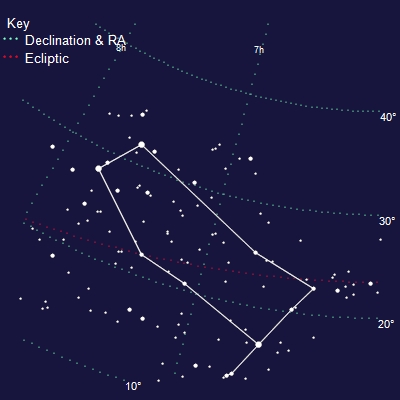 The Sea Grant programs of Connecticut and New York have awarded Long Island Sound Study research grants valued at $1,130,832 to six projects that will look into some of the most serious threats to the ecological health of Long Island Sound, a water body designated by the Environmental Protection Agency as an Estuary of National Significance.
The Sea Grant programs of Connecticut and New York have awarded Long Island Sound Study research grants valued at $1,130,832 to six projects that will look into some of the most serious threats to the ecological health of Long Island Sound, a water body designated by the Environmental Protection Agency as an Estuary of National Significance.
Research results from five two-year projects and a one-year pilot project are expected to provide valuable information to resource managers throughout the Long Island Sound watershed. Most projects involve nitrogen, known to be the biggest driver of low oxygen conditions in the Sound. The research also addresses emerging issues of red tide and the effects of climate change on the Sound’s ecosystem.
“The focus of many of the projects is on nitrogen– its sources, impacts, and removal processes– with the overall goal of improving the water quality of Long Island Sound for the benefit of its coastal communities and businesses,” said Dr. James Ammerman, director of New York Sea Grant.
A study by Shimon Anisfeld and Gaboury Benoit at Yale University’s School of Forestry and Environmental Studies will examine characteristics of constructed wetlands and “wet ponds” (manmade retention basins) to find out if and under what conditions they are effective at reducing the amount of nitrogen that enters Long Island Sound via stormwater. The results will help in future Best Management Practice designs to improve water quality.
Two geoscientists at Stony Brook University (SBU), Gilbert Hanson and Teng-Fong Wong, will examine the source, transformation, and fate of nitrogen as it travels from shallow groundwater aquifers to two harbors on Long Island’s north shore. The information will be important to municipalities evaluating the potential impacts of on-site wastewater disposal systems. In another project, University of Connecticut (UConn) marine scientists Jamie Vaudrey and Charles Yarish will look at the impacts of nitrogen on habitats in some of the many small embayments that surround the Sound in Connecticut and New York. They will assess the uncertain ability of these habitats to support eelgrass under conditions of eutrophication and changing climate. Eelgrass is ecologically and economically valuable, particularly as bay scallop habitat.
A project led by Darcy Lonsdale and Christopher Gobler at the School of Marine and Atmospheric Sciences at SBU will look at how increasing populations of gelatinous zooplankton, such as comb jellies and jellyfish, might affect hypoxia and food webs in the Sound.
Harmful algal blooms, increasing globally, have negative effects on fisheries and economies. In a separate project, SBU’s Gobler will determine possible anthropogenic causes of fundamental changes in the Sound that may encourage toxin-producing algal bloom events. The blooms can cause PSP and DSP, two different types of shellfish poisoning that impact human health.
Finally, in a small-scale pilot project, Craig R. Tobias, UConn Department of Marine Sciences, and Bongkuen Song, University of North Carolina at Wilmington Biology Department, will team up to quantify seasonal removal rates of nitrogen in tidal reaches of a Connecticut estuary. The results will be mapped and provide clues to whether hot spots for these processes persist over time and space or are transient. This information will help inform future management choices.
“Nitrogen plays an invaluable role in society as fertilizer, but we know that too much nitrogen in coastal waters such as Long Island Sound can degrade water quality and contribute to harmful algal blooms,” said Mark Tedesco, director of the EPA Long Island Sound Office which manages the Long Island Sound Study partnership, and provided the funds for the Sea Grant- administered research projects.
Since 2000, the Long Island Sound grant program has awarded 26 grants to scientists whose work helps meet the needs of decision-makers to improve the management of Long Island Sound, for a total of 32 projects.
“The range of projects we are funding reflects the complexity of the problems we are facing, and will contribute to providing a strong scientific basis in support of management decisions for healthy ecosystems,” said Dr. Sylvain De Guise, director of Connecticut Sea Grant. “The results will help to conserve the Sound for current and future generations.”






